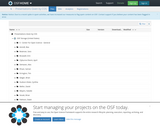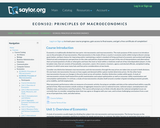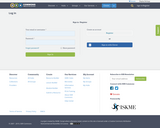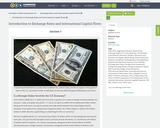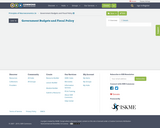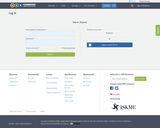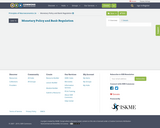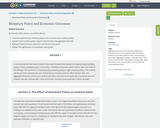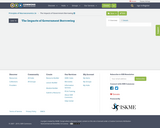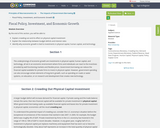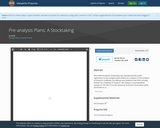
The evidence-based community has championed the public registration of pre-analysis plans (PAPs) as a solution to the problem of research credibility, but without any evidence that PAPs actually bolster the credibility of research. We analyze a representative sample of 195 pre-analysis plans (PAPs) from the American Economic Association (AEA) and Evidence in Governance and Politics (EGAP) registration platforms to assess whether PAPs are sufficiently clear, precise and comprehensive to be able to achieve their objectives of preventing “fishing” and reducing the scope for post-hoc adjustment of research hypotheses. We also analyze a subset of 93 PAPs from projects that have resulted in publicly available papers to ascertain how faithfully they adhere to their pre-registered specifications and hypotheses. We find significant variation in the extent to which PAPs are accomplishing the goals they were designed to achieve
- Subject:
- Economics
- Social Science
- Material Type:
- Reading
- Author:
- Daniel Posner
- George Ofosu
- Date Added:
- 08/07/2020
